Occupational safety training for operating cranes
99,000 ₫
Note: The above price is calculated per person. Prices may vary depending on the number of participants in the course and market fluctuations. For more accurate pricing information, please refer to the pricing table or contact our consulting staff directly.
Occupational safety is an important issue when operating cranes and must be addressed promptly to ensure the health and safety of workers and enhance the reputation of businesses here. The Occupational Safety Training course is one of the effective solutions to raise awareness among workers on how to prevent workplace accidents when operating cranes.
Table of Contents
Toggle1. Overview of Cranes
a. What is a Crane?
A crane (or hoist) is an industrial device used to lift, move, and transport heavy loads in industrial, construction, and infrastructure environments. Cranes are typically mounted on steel frames or fixed columns and use one or more arms to grasp and move objects.
Cranes can be divided into two main types:
- Bridge Cranes: This type of crane is installed on bridge structures. The bridge is a load-bearing frame system, and the crane moves along rails on the bridge to lift and transport loads.
- Gantry Cranes: These cranes are fixed on a movable base or platform and are used to lift and move loads across the surface of the base or platform.
Cranes have many applications across industries, from construction and manufacturing to logistics and agriculture. They play a key role in increasing productivity, reducing time and labor, and handling heavy or bulky items efficiently.

b. Applications of Cranes in Manufacturing
Cranes have numerous important applications in manufacturing to lift, move, and handle heavy and bulky loads. Examples include:
- Lifting and moving materials: Cranes are used to lift and transport raw materials, finished products, or components during production. This includes placing machinery, production parts, raw materials, and finished products from one location to another within factories or workshops.
- Machine installation: During installation and maintenance of industrial machinery, cranes are used to lift and position equipment accurately and safely.
- Steel and metal production: In steel and metal industries, cranes handle heavy loads such as steel sheets, pipes, and metal shafts.
- Construction work: Cranes are widely used to lift and move construction materials such as concrete, bricks, stones, and sand, and to install steel structures and large construction equipment.
- Shipping and logistics: Cranes play a key role in handling goods in distribution centers, seaports, and storage yards, improving efficiency and reducing handling time.
- Automotive manufacturing: In car production, cranes are used to move and install vehicle bodies, engines, and other equipment during assembly.
- Paper and packaging production: Cranes handle and transport large rolls of paper and heavy loads for products such as cardboard boxes and packaging bags.

c. Industries Using Cranes
Cranes are used in various manufacturing and industrial sectors. Major applications include:
- Automotive industry: Cranes move and install heavy automotive parts such as engines, gearboxes, and vehicle bodies.
- Steel and metal industry: Cranes handle heavy loads like steel sheets, pipes, and metal shafts during production and processing.
- Paper and packaging industry: Cranes manage large paper rolls and heavy loads for manufacturing cardboard boxes and packaging materials.
- Food processing industry: Cranes lift and move heavy items like ice containers, waste bins, and processing equipment in food production and packaging.
- Shipbuilding industry: Cranes lift and position large ship parts during construction and repair.
- Energy production: Cranes are essential for installing and maintaining equipment such as wind turbines, thermal power devices, and liquefied natural gas (LNG) facilities.
- Industrial equipment production: Cranes move and lift large machinery, devices, and machine components.
- Construction: Cranes lift and transport heavy construction materials like concrete, bricks, and structural steel.
- Wood processing industry: Cranes handle heavy loads during wood manufacturing and processing.
These examples highlight the versatility of cranes in enhancing productivity and reducing labor effort across multiple industries.
2. Overview of Crane Operation Safety Training
a. What is Occupational Safety Training?
- Crane operation safety training equips workers with awareness and techniques to prevent occupational accidents. Workers directly operating cranes belong to Group 3.
- The training course helps workers identify and prevent hazards, reducing risks of workplace accidents during operations.
REGISTER FOR OCCUPATIONAL SAFETY TRAINING SERVICE
b. Training Duration
Initial safety training duration:
- Total training hours must be at least 24 hours, including testing time.
- 8 hours of theory on policies, laws, and occupational safety regulations
- 8 hours of theory on basic occupational safety knowledge
- 4 hours of theory on specialized crane operation training
- 2 hours of practical exercises on specialized training content
- 2 hours of final theoretical test
The safety training center schedules sessions according to worker availability, typically over 6 sessions across 3 days if continuous learning is feasible.
Periodic safety training:
- Before the occupational safety card expires, workers must complete periodic safety training, with a duration of at least 50% of the initial training.
Explanation: Periodic training lasts at least 12 hours, including testing. After completing the training and passing the test, workers will have their safety card renewed.
c. Training Content
| No. | TRAINING CONTENT | TRAINING DURATION (HOURS) | |||
| Total | Including | ||||
| Theory | Practical | Test | |||
| I | Policies, laws, and occupational safety regulations | 8 | 8 | 0 | 0 |
| 1 | Overview of laws and regulations on occupational safety. | 6 | 6 | ||
| 2 | Standards and technical regulations on occupational safety. | 1 | 1 | ||
| 3 | Specific regulations of state authorities on safety when constructing, expanding, or renovating production facilities and inspecting machines, equipment, and materials with strict safety requirements. | 1 | 1 | ||
| II | Basic occupational safety knowledge | 8 | 8 | 0 | 0 |
| 1 | Basic knowledge of workplace hazards and harmful factors. | 4 | 4 | ||
| 2 | Methods to improve working conditions. | 1 | 1 | ||
| 3 | Safety culture in production and business. | 1 | 1 | ||
| 4 | Rights and obligations of employers and workers; safety policies; role of safety officers. | 1 | 1 | ||
| 5 | Occupational safety rules, signage, protective equipment, first aid skills, and occupational disease prevention. | 1 | 1 | ||
| III | Specialized training content | 6 | 4 | 2 | 0 |
| Knowledge about machines, equipment, hazardous substances; risk assessment and management; safe working procedures with machines and equipment requiring strict safety measures. | 6 | 4 | 2 | ||
| IV | Final safety training test | 2 | 2 | 0 | 0 |
| Total | 24 | 22 | 2 | ||
See more training content of the 6 groups
d. Occupational Safety Card
After completing the crane operation safety training and passing the test, workers will be issued an occupational safety card (commonly called Group 3 safety certificate).
Group 3 safety cards display worker information: full name, date of birth, job, work environment, training hours, official stamp, and signature confirming completion of the training.
According to Clause 2 of Article 24 of Decree 44/2016/ND-CP, there are two cases:
- If the employer and employee have a labor contract, the employer must stamp and validate the Group 3 safety card after training and passing the test.
- If the worker is freelance or temporary and has no labor contract, the training provider must stamp and validate the card after completion of training and passing the test.

3. Hazards When Operating Cranes
Operating cranes can involve many hazards, especially when safety rules are not followed. Below are some common hazards when operating cranes:
- Falling heavy objects: The most serious hazard when operating cranes is heavy objects falling from height. This can cause serious injury or even death to people near the work area. To prevent this, all safety rules must be followed, and cranes and lifting equipment should be regularly inspected and maintained.
- Crane malfunction or breakdown: Cranes can fail or break during use, posing a risk of accidents. Regular inspections and maintenance are required to ensure proper and safe operation.
- Loss of control: If the operator does not know how to control the crane or loses control during operation, serious accidents can occur. This is especially important when the crane is moving heavy loads.
- Collision with structures or other objects: Cranes may collide with surrounding structures or objects, causing damage to the crane or injury to nearby workers.
- Defective or unsafe equipment: If the crane or lifting equipment is defective or does not meet safety standards, it can pose a hazard to workers and loads.
- Failure to follow safety rules: Not following safety rules when operating cranes, such as not using fall protection, not signaling, or failing to perform proper technical checks, can lead to accidents.
To ensure safety when operating cranes, protective measures must be implemented and safety rules followed, along with training and instructing crane operators on proper safety procedures.

4. Measures to Control Workplace Accidents When Operating Cranes
To control and reduce the risk of workplace accidents when operating cranes, a range of safety measures and compliance with regulations must be implemented. Below are some key measures:
- Training and retraining: Training is crucial to ensure crane operators understand how to operate cranes safely and correctly. Ensure all operators have undergone training and periodic retraining to update their knowledge and skills.
- Periodic technical inspections: Cranes must be regularly inspected to ensure proper operation. This includes mechanical, electrical, and other component checks.
- Use protective devices: Ensure cranes are equipped with protective devices such as safety sensors, emergency stop systems, and safety locks to prevent accidents.
- Determine safe load limits and operating limits: Ensure cranes are used within safe load limits and do not exceed lifting capacity. Set operational limits to prevent cranes from moving too far or too fast.
- Protect the work area: Areas near the crane must be secured to prevent untrained workers or unauthorized personnel from entering.
- Use fall protection harnesses: Crane operators should wear fall protection or similar safety equipment to ensure safety in case of a fall from height.
- Activity management and record-keeping: Track and record all activities related to crane operation, including inspections, incidents, and maintenance. This helps management ensure safety and prepare for improvements.
- Inspect the work environment: Ensure the area around the crane is safe, with no risk of collisions with other structures or objects during operation.
- Use notification and signaling systems: Employ clear notification and signaling systems to communicate crane activities and ensure everyone in the area is aware.
- Incident management: Train workers on emergency response and accident procedures, with plans ready to handle incidents quickly and safely.
- Periodic crane inspection to detect safety issues such as wear, mechanical failures, or defects, thereby reducing the risk of workplace accidents.
5. Benefits of Occupational Safety Training
An Toan Nam Viet provides businesses with the following benefits after completing occupational safety training courses as regulated under Decree 44/2016/ND-CP on occupational health and safety:
- Workers can recognize potential hazards and take preventive measures to avoid accidents.
- Businesses can establish risk prevention measures in production, operation, and maintenance processes.
- Reduce costs associated with safety risks at work.
- Uninterrupted production improves labor productivity and product quality.
- Compliance with labor safety laws reduces legal risks.
- Enhances company reputation and professionalism, elevating the brand.
Nam Viet training courses serve as a preventive solution against external hazards, helping individuals avoid injury or, in severe cases, death.
REGISTER FOR OCCUPATIONAL SAFETY TRAINING SERVICE
6. Customer Feedback After Completing Training
An Toan Nam Viet has years of experience accompanying many businesses in Vietnam, especially in the southern provinces. This responsibility is highly valued, which is why our Occupational Safety Training is continuously enhanced professionally. Our growth is fueled by positive feedback and suggestions from businesses. Below are some testimonials from partners we have served.
See more customer interviews after using our services from An Toan Nam Viet
7. An Toan Nam Viet’s Occupational Safety Training Capability
An Toan Nam Viet is a reputable and quality occupational safety training center in Vietnam. Our training sessions are conducted continuously at factories, production workshops, or construction sites across the country (all 63 provinces).
REGISTER FOR OCCUPATIONAL SAFETY TRAINING SERVICE
Occupational Safety Training License
- An Toan Nam Viet has been inspected and certified by the Department of Occupational Safety under the Ministry of Labor, Invalids and Social Affairs, certifying eligibility to conduct occupational safety training. This reinforces our training capability.

Materials and Lessons
- Before being used in training courses, training materials are reviewed to ensure accurate knowledge and effectiveness.
- Teaching methods are standardized according to An Toan Nam Viet guidelines, developed by occupational safety experts to maximize learning efficiency.
Facilities
- Control of classroom factors enhances teaching efficiency and learning effectiveness.
- Our training facilities provide spacious classrooms meeting standards for area, lighting, and training equipment.
8. Nationwide Reputable Occupational Safety Training Center
At An Toan Nam Viet, occupational safety training is our top priority. We aim to equip workers with knowledge to protect themselves, contributing to national development.
We prepare meticulously for effective training, including tools, equipment, curriculum, materials, audio, and lighting.
Our instructors are experts with years of experience, with research on hazard identification and prevention across various industries.
Lessons are practical, vivid, and easy to understand, allowing learners to comfortably absorb knowledge while complying with Decree 44/2016/ND-CP.
Through training, learners acquire safety measures and self-protection skills applicable to real work scenarios.
Our training center is proud to offer professional occupational safety training with these advantages:
- Competitive training costs without compromising quality.
- Flexible scheduling adapted to company production needs.
- Fast and legally compliant certification procedures.
- Experienced instructors with long-term expertise.
- Classrooms designed to maximize teaching efficiency and learning effectiveness.
- Lessons tailored to occupational safety needs of businesses.
- An Toan Nam Viet works professionally to provide accurate and fast support to clients.

9. Additional Occupational Safety Training Resources
- Occupational safety materials for operating overhead cranes
- Occupational safety materials for crane operation
- Occupational safety training materials collection
- Occupational safety training test set
- Occupational safety multiple-choice test for crane operation
- Slides for occupational safety training when operating cranes
10. Occupational Safety Training Activities
- THIEN NAM ELEVATOR JOINT STOCK COMPANY
- WINTON MANUFACTURING CO., LTD.
- TOI NGUYEN CONSTRUCTION & TRADING ONE MEMBER COMPANY LIMITED
- HOANG MINH HUY MANUFACTURING & TRADING CO., LTD.
- AN TAM CONSTRUCTION & TRADING CO., LTD. (Project in Binh Duong)
- VRG JOINT STOCK COMPANY – DAK NONG
- HUA CHANG VINA SCIENCE & TECHNOLOGY CO., LTD.
1 review for Occupational safety training for operating cranes
No comments yet

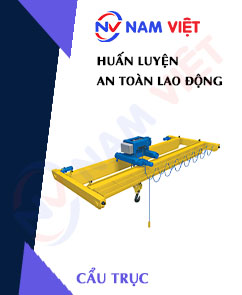
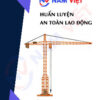
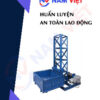



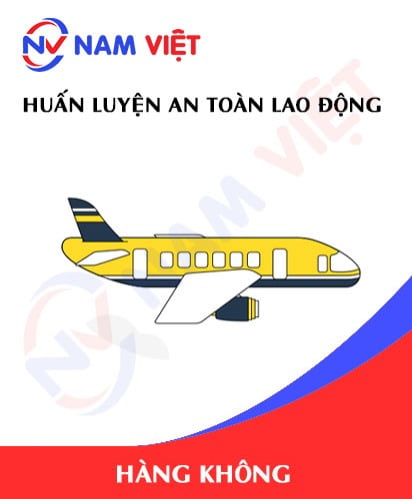
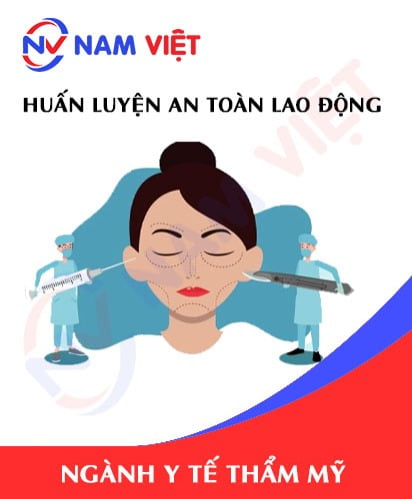
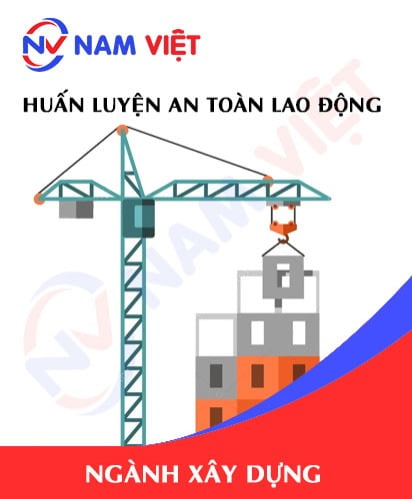
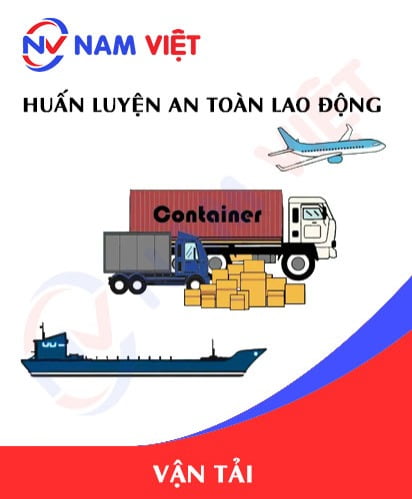
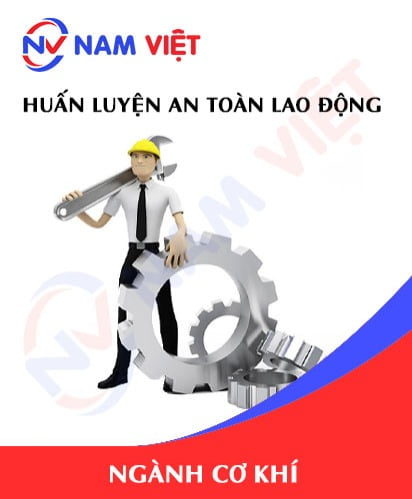
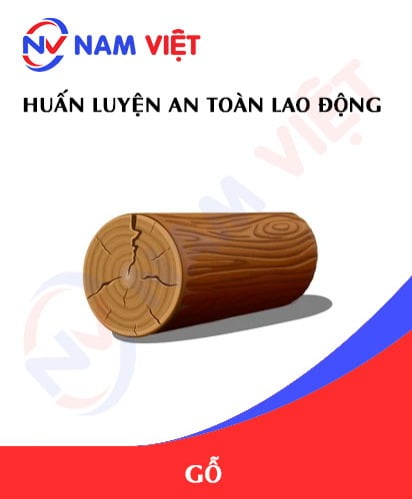

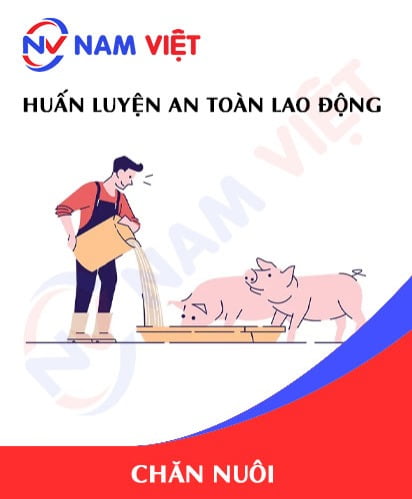
phanminhhang341
Trung tâm huấn luyện an toàn lao động chuyên nghiệp ở Việt Nam nha